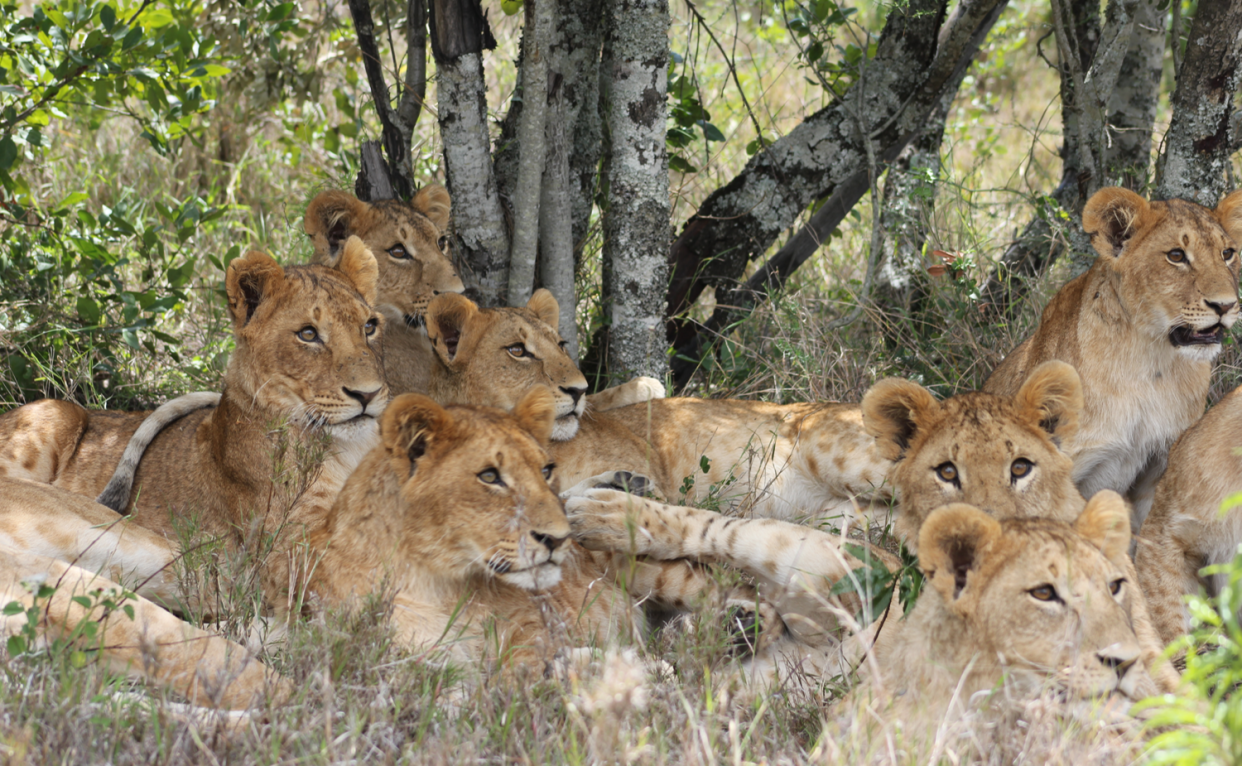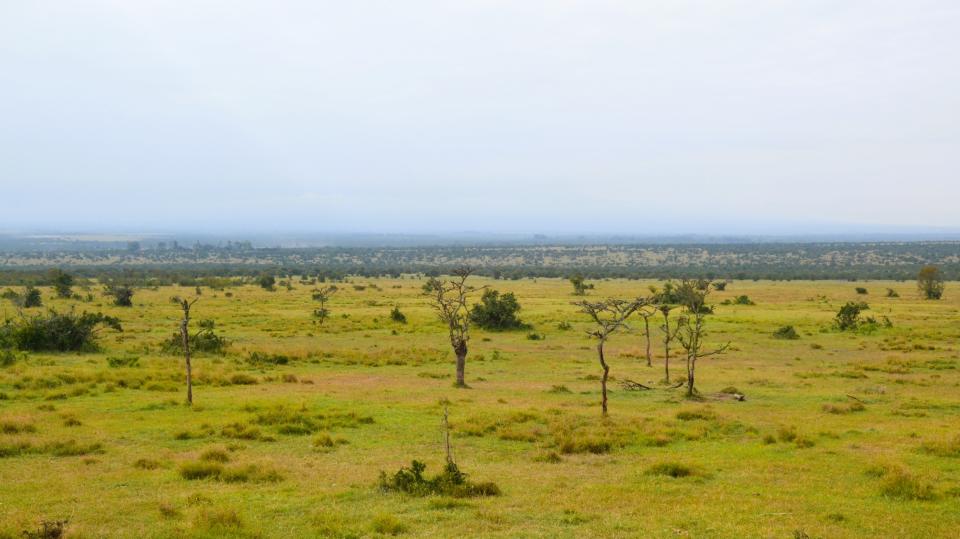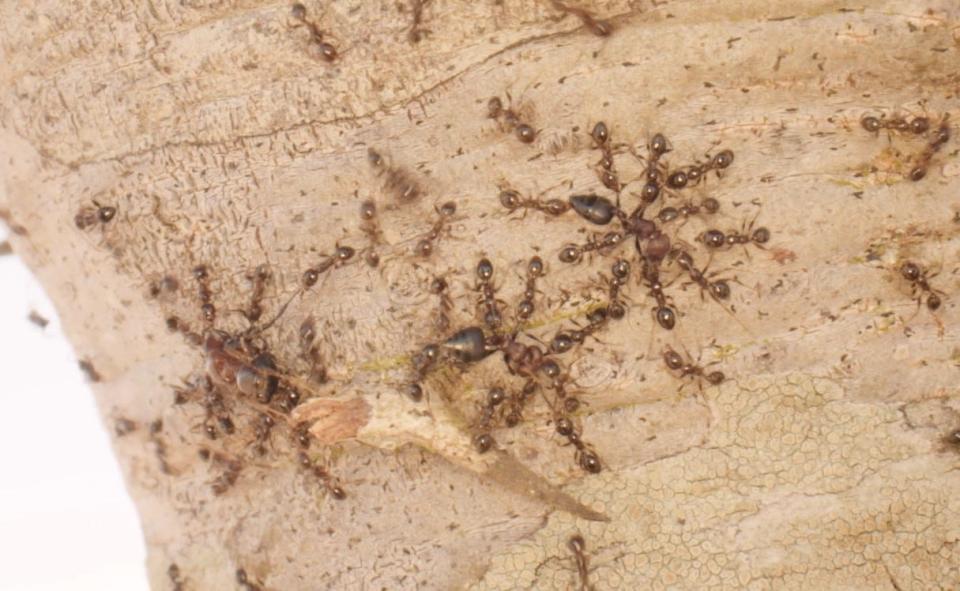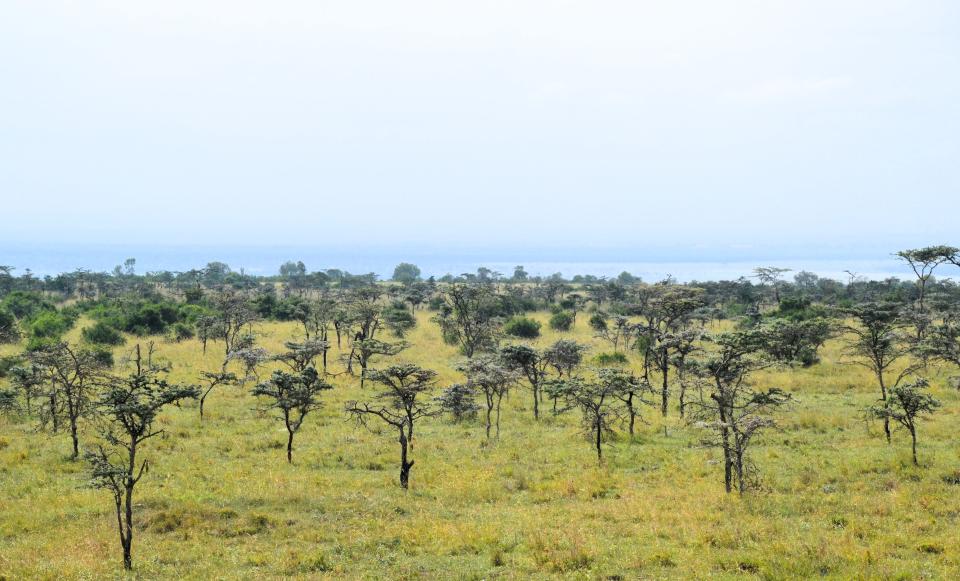How tiny, invasive ants spewed chaos that killed a bunch of African buffalo

The story of how tiny ants managed to push lions to kill more African buffalo shows how the arrival of an invasive species can affect multiple animals that seem to have no connections.
At an animal conservation park in Kenya, the chain reaction went like this: invasive ants to native ants to elephants to lions to zebra to buffalo.
While the researchers have documented an especially complex set of interactions, these kinds of ecosystem effects are probably increasingly happening as non-native species move around the globe.
“Any time there’s an invasive species there’s the potential for these cascading effects,” said Jacob Goheen, a professor of wildlife ecology at the University of Wyoming in Laramie who has done fieldwork in Kenya for years and is first author on the paper published in the journal Science.
The researchers studied an area in Kenya inhabited by elephants and lions, part of which had not been invaded by the big-headed ants and part of which had. Over three years they observed how and what the lions hunted, tracking what prey they ate.
The results surprised them. After the invasive ants arrived, the lion prides shifted from hunting mostly zebra to hunting African buffalo. Eventually, they were able to show that shift involved elephants, whistling thorn trees and the native ants that protected them.
It all began 20 years ago, when invasive big-headed ants first arrived near the Ol Pejeta Conservancy in Laikipia, in southern Kenya.
The ants are considered one of the worst invasive species worldwide and have also been found in Florida, California, Australia and parts of Africa and South America.
“They probably came in bunches of bananas,” Goheen said. “It took several years before they spread out from those centers of human activity into the whistling-thorn trees in the savanna.”

This is where the problem started. The savanna was a woodland with extensive groups of these trees, sometimes called acacias, which were the home of native acacia ants. Those tiny ants protected the trees from elephants, which consider their leaves a tasty treat.
Elephants use their trunks – which end in sensitive nostrils – to grab the leaves and put them into their mouths. That’s where the ants attack.
“When an elephant takes a bite full of leaves, it’s got to stick its nostrils in the tree. When it does, it disturbs all of these little tiny ants, which swarm up in their nostrils and start biting them,” Goheen said.
This is uniquely effective against elephants. “For example, giraffes use their 18-inch tongues to work like windshield wipers and swipe ants off their eyes and face," he said.
When the big-headed ants arrived, they wiped out the native ants, forming super-colonies of millions of individual ants that saturate an area, eating the eggs and pupae of the native ants and destroying their colonies in the trees.

Once the acacia ants are gone, the elephants feast.
“The trees are basically sitting ducks for elephants," Goheen said. "They forage, they break and uproot trees.”
Over time the trees die off, which creates a savanna that’s more open − less like a woodland and more like a lightly wooded pasture.

That's where the lions and zebra come in. Lions like to hunt their prey by hiding in clumps of bushes or trees, then attacking. In the Ol Pejeta Conservancy, their favorite prey are zebra.
“The way zebra avoid lions is they see them coming from a long way away and they just run,” Goheen said.
Because there was less cover for lions to hide in, from 2003 to 2020 the proportion of lion-zebra kills declined from 67% to 42%, their research found.
To the surprise of the researchers, the hungry lions were flexible when it came to food. They didn’t go somewhere with more trees so they could catch zebra − they turned to a new source of food: the African buffalo.
Buffalo don’t rely on trees to protect them. They stand their ground and try to kill the lions, Goheen said.
That hasn’t gone well for the buffalo. In the same period the zebra were avoiding being dinner, the proportion of lion-buffalo kills increased from 0 to 42% in the area of study.
What the rise in zebra herds and the decline in buffalo might mean isn’t known. “It’s kind of an open question,” Goheen said.
One thing researchers are already watching for is a shift in lion hunting patterns because buffalo are much harder to kill than zebra.
“It takes five or more adult lions to take down an adult buffalo whereas it might take just one to get a zebra,” he said. “So we’re wondering if the arrival of this invasive ant is going to cause changes in the hunting behavior of lions.”
This chain reaction went from invasive ants to native ants to elephants to lions to zebra to buffalo. Though the researchers have documented an especially complex set of interactions, these kinds of ecosystem effects are probably increasingly happening as non-native species move around the globe.
Said Goheen, “Anytime there’s an invasive species there’s the potential for these cascading effects.”
This article originally appeared on USA TODAY: How tiny ants managed to kill a whole bunch of African buffalo

